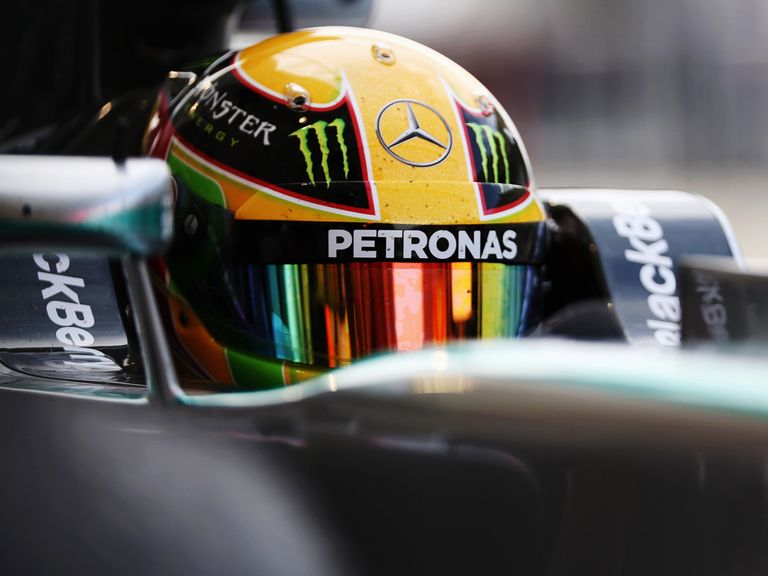Tommy Cookers wrote:@ ppj (mostly)
AFAIK ....... a turbo is normally operating in blowdown turbine condition
blowdown 'pulses' drive the turbine, the mean exhaust pressure is not raised relative to the induction pressure (it can fall)
backpressure means the mean exhaust pressure is higher than the induction pressure, this is called pressure turbine condition
(the exhaust valve motions of course isolate the combustion chamber from the backpressure)
agreed our accounting of power may not be straightforward
an earlier post mentions 3.5 bar boost ie 3.5 bar absolute (if that can be believed)
many have calculated that as a turbo engine around only 2 bar abs is needed (the 1988 engines were 'only' 2.5 bar abs)
though I have evidenced the efficiency benefits of backpressure, 3.5 bar does not suggest backpressure any time soon
Regardless of semantics,
1. Pressure inside exhaust manifold will be close to pressure at intake manifold (let's say I:3.0, E:2.5bar) when turbine is powering the compressor. If turbine is turbocompounding (powering the MGUH), probably higher.
2. Pressure inside exhaust manifold will be close to zero if you open a big wastegate. Pumping alone, doing very quick math, will take 20hp less than regular ICE, 40hp less than turbocompounding ICE. That extra power will "go" to the flywheel.
3. Air mass flow can be kept with the MGUH at the same levels. Boost required to keep AMF will be lower, but that's not related to the point.
Tommy Cookers wrote:
mgu-k recovery is torque limited by rule so that 161 hp recovery is only allowable over about 5500 crank rpm, below that it falls
surely there will be little or no capacity provided eg in the motor drives to allow higher total power (than this 161 hp) from storage ?
I don't follow. If you mean there is no energy in the batteries to power both MGUK and MGUH consistently during a race in the max power mode, then I fully agree with you. If you mean you can't ever draw 250hp from the batteries, I don't agree. You can for short burst. There is no limit to that, not in the rules, not in the physics, as long as you plan for it.
Tommy Cookers wrote:
but the fuel rate regime allows mgu-k generation directly from motor running (eg when the driver can't use a lot of power)
as has always been done with the KERS
this is a relatively tracktime-efficient use of fuel, and surely will be worthwhile at some times and places in 2014 etc ?
Yes.



